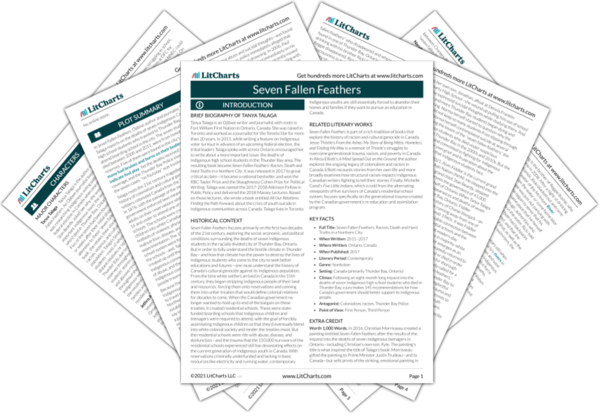The residential schools were another tool of colonization and cultural genocide. The colonizers who ran the residential schools attempted to strip young, vulnerable people of their cultural heritages, their languages, and their senses of pride in their people’s traditions—with the goal of separating the younger generation from their traditions and in so doing destroy the culture behind those traditions by blocking it from being passed on. By leveraging malnourishment, corporal punishment, and sexual assault against these youths, the colonizers could further reinforce the idea that Indigenous culture was unacceptable. The legacy of the residential schools is profound and ongoing—the traumas that happened there filtered down to the generations that followed, signaling to future generations (even those who weren’t forced into the schooling system) that the government of Canada wanted them to be erased.


